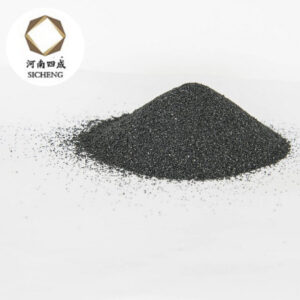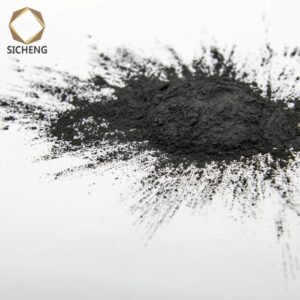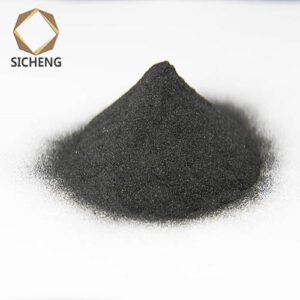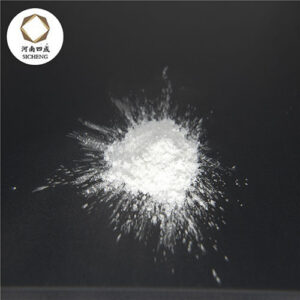At present, the sintering of silicon carbide ceramics mainly includes no pressure sintering, hot pressure sintering, hot isostatic pressing sintering and reaction sintering.
Experiments show that the silicon carbide ceramics prepared by different sintering methods have obviously different performance characteristics. For example, in terms of sintering density and flexural strength, hot pressing sintering and hot isostatic pressing sintered silicon carbide ceramics are relatively more, and reaction sintering silicon carbide is relatively low. On the other hand, the mechanical properties of silicon carbide ceramics also differ with different sintering additives. Pressureless sintering, hot pressing sintering and reactive sintered silicon carbide ceramics have good resistance to strong acids and alkalis, but the corrosion resistance of reaction sintered silicon carbide ceramics to super acids such as HF is poor.
In terms of high temperature resistance, when the temperature is lower than 900 °C, the strength of almost all silicon carbide ceramics is improved; When the temperature exceeds 1400 °C, the bending strength of the reaction sintered silicon carbide ceramic drops sharply. (This is due to the fact that the sintered body contains a certain amount of free Si, and when the bending strength drops sharply at a certain temperature) For pressureless sintering and hot isostatic pressing sintered silicon carbide ceramics, its high temperature resistance is mainly affected by the type of additives.
In conclusion, the properties of silicon carbide ceramics vary depending on the sintering method. Generally speaking, the comprehensive performance of pressureless sintered silicon carbide ceramics is better than that of reactive sintered silicon carbide ceramics, but it is inferior to hot press sintered and hot isostatic sintered silicon carbide ceramics.





